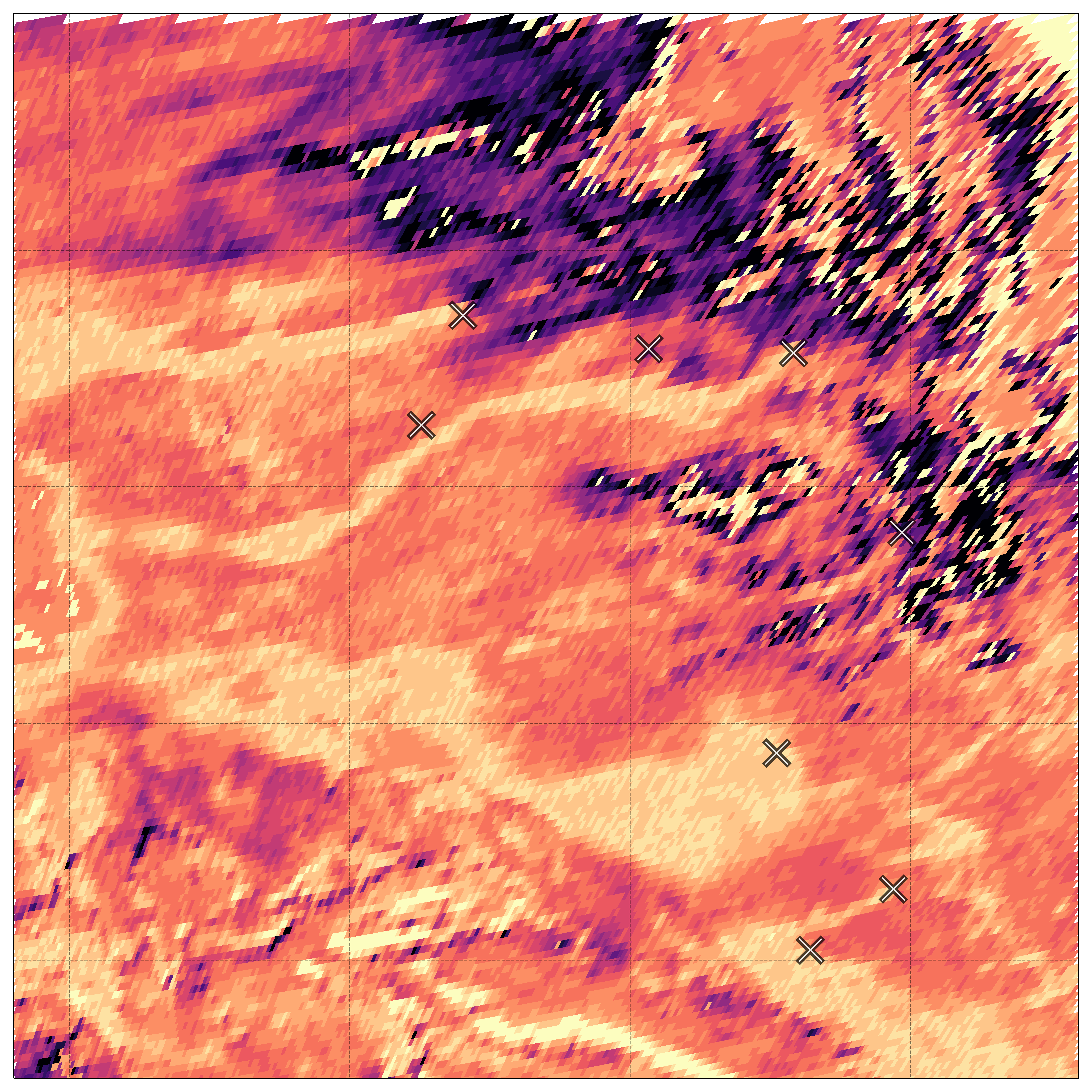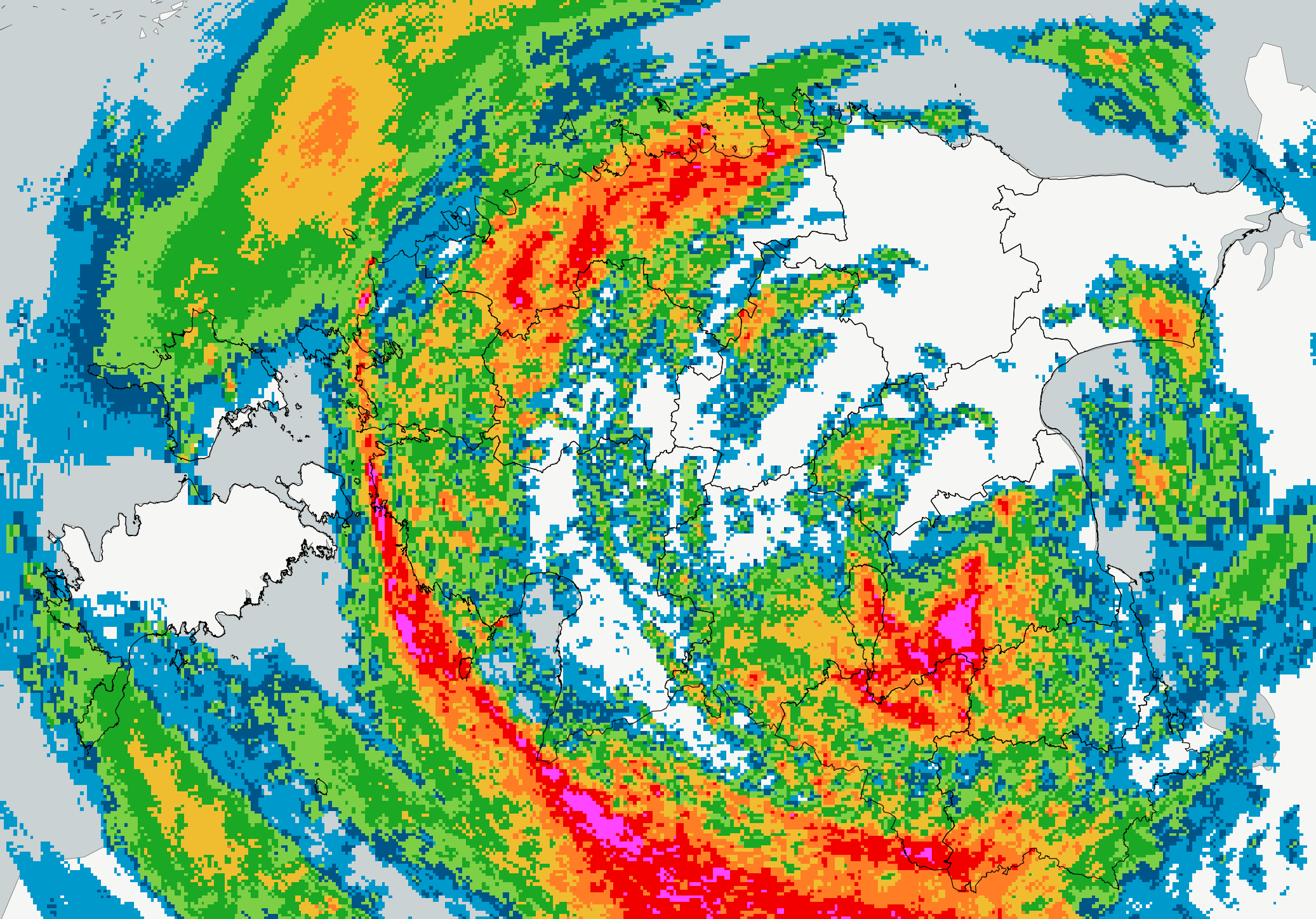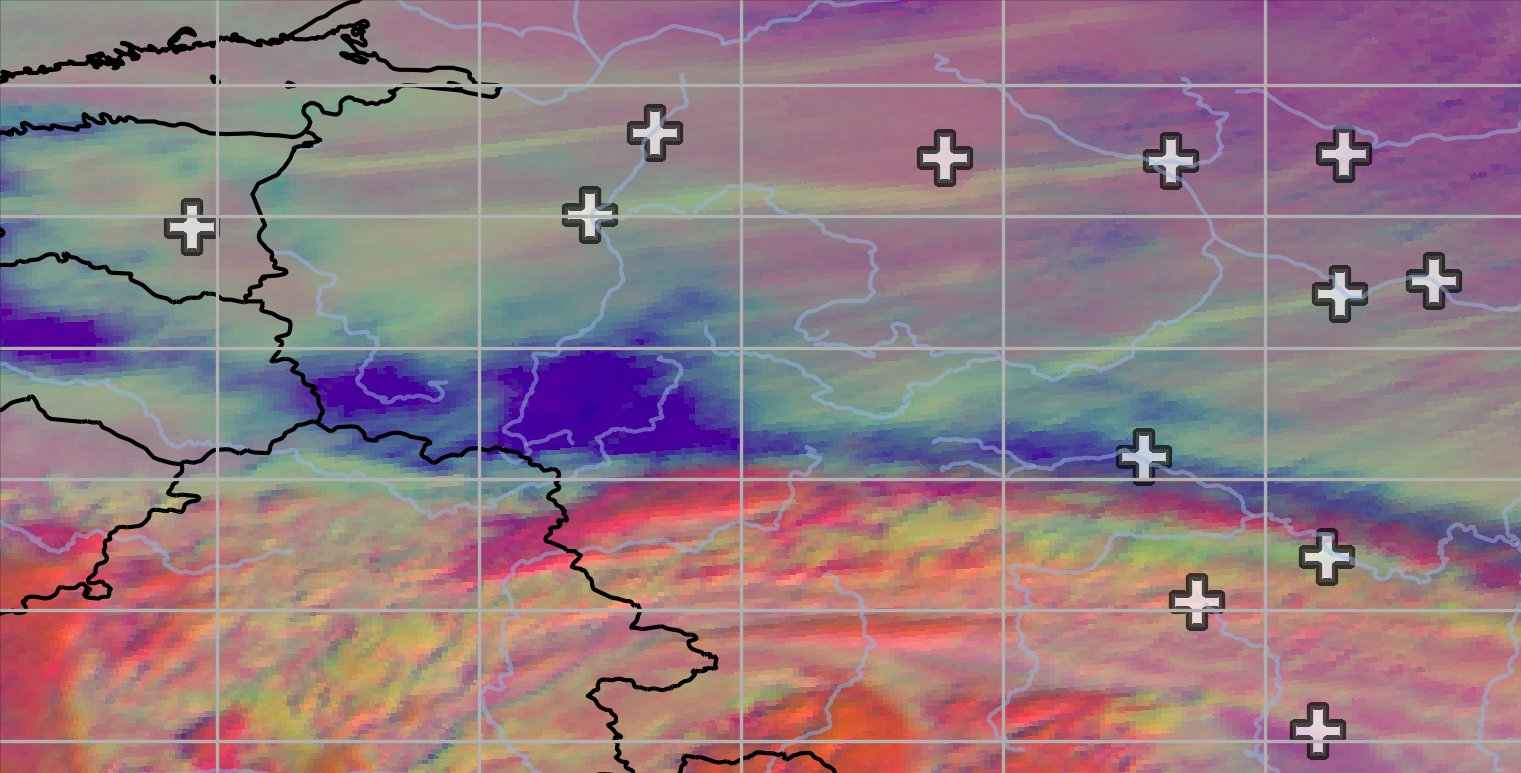Search
Now showing items 1-10 of 15
Täppissademed
(2020)
RITA1/02-52 meteoroloogia alamteema raames töötati välja Eesti oludesse sobiv täppissademete kaardistamise metoodika. Peamiseks andmeallikaks olid Eesti Keskkonnaagentuuri (KAURi) sademejaamade ning Sürgavere radari andmed ...
Kaugseire jätkusuutliku rakendamise kava
(2020)
Kaugseire jätkusuutliku rakendamise kava koostamise eesmärgiks oli võimaluste pakkumine kaugseireandmete kasutamise ja uute rakenduste väljatöötamise abil kaasa aidata avaliku sektori asutuste ees seisvate ülesannete ...
Large-scale polluted cloud tracks
(2020-05-15)
Polluted cloud tracks identified in MODIS satellite data.
Anthropogenic aerosol impacts on clouds from SEVIRI satellite data
(2021-05)
Anthropogenic aerosols offset an unknown fraction of greenhouse gas warming. We use geostationary satellite data to analyse continental polluted cloud tracks originating from isolated heavy industrial pollution sources in ...
Pollution track days
(University of Tartu, 2021)
Dates of polluted cloud tracks identified in MODIS satellite data.
Lifetime of anthropogenic aerosol perturbations on clouds seen from geostationary SEVIRI satellite data
(University of Tartu, Institute of Physics, 2023)
The impacts of anthropogenic aerosols on clouds are the most uncertain drivers of anthropogenic climate forcing. Ship-track-like strong anthropogenic cloud perturbations can help reduce these uncertainties. Using geostationary ...
Air pollution sources leading to anthropogenic glaciation of supercooled liquid-water clouds
(University of Tartu, 2024)
This dataset lists the air pollution sources leading to anthropogenic glaciation of supercooled liquid-water clouds. The glaciation events were identified in Terra MODIS data.
MODIS and HYSPLIT data to study anthropogenic glaciation of supercooled liquid-water clouds
(University of Tartu, 2024)
We used MODIS (https://modis-images.gsfc.nasa.gov/_docs/C6MOD06OPUserGuide.pdf) and HYSPLIT (https://www.ready.noaa.gov/HYSPLIT.php) data to study the anthropogenic glaciation of supercooled liquid-water clouds. We used ...







